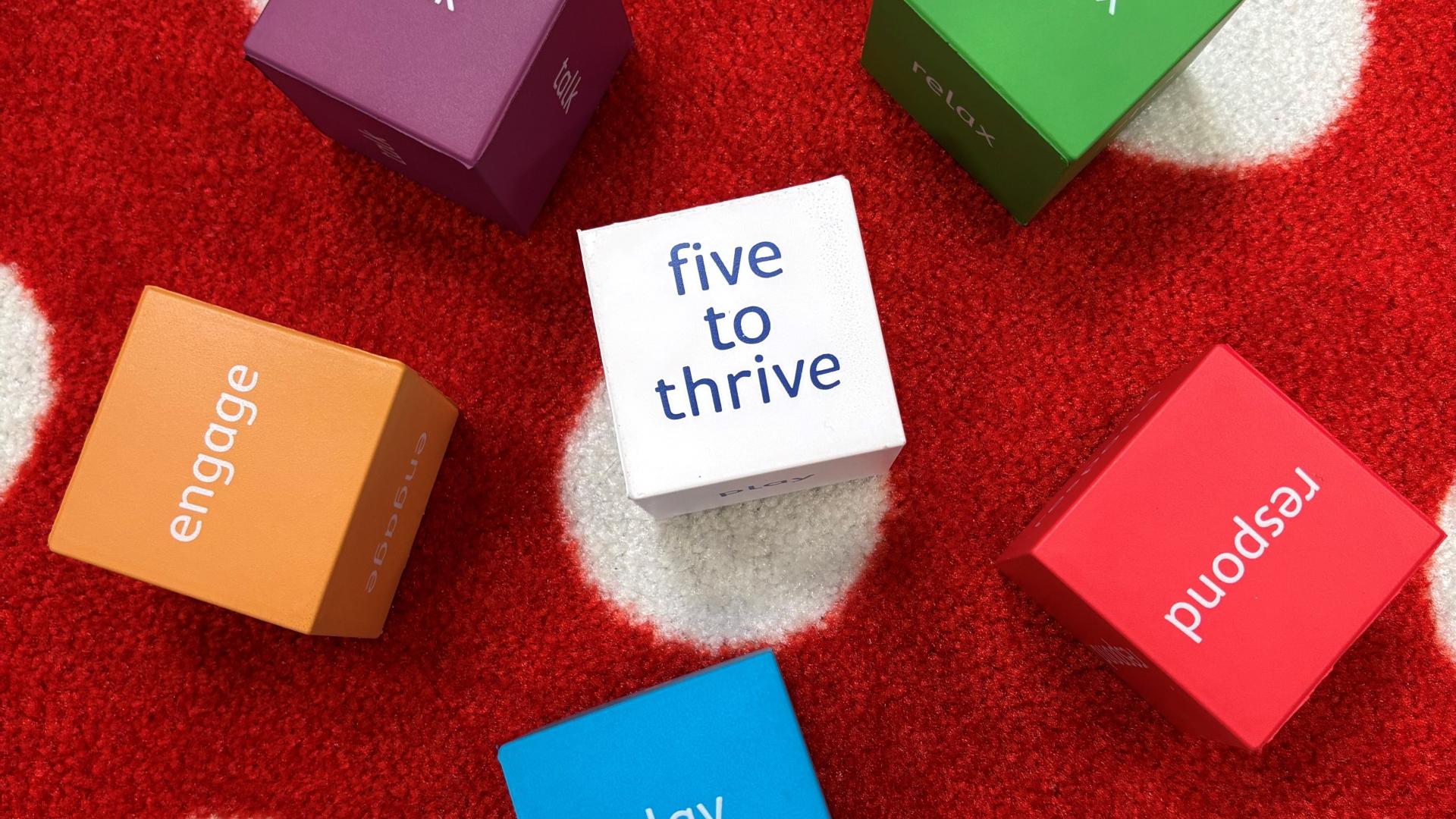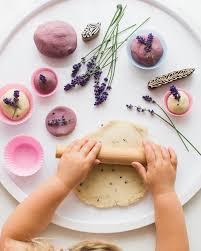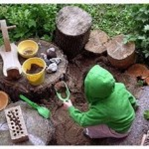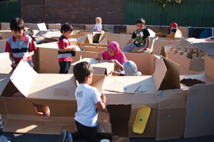
Five to Thrive encourages secure attachments between caregivers and children to ensure positive brain development to support a child’s emotional resilience and communication skills.
It's demonstrated in a tower of building blocks and gives ideas on how parents and caregivers can be responsive to their children through five key principles (the blocks) - respond, cuddle, relax, play and talk

Its really easy and low cost to plan some Five to Thrive activities at home. Take a look through the tabs for some ideas and inspiration.
Respond
Responding to your child's needs is really important to develop and strengthen your bond. Secure Attachment helps your child to feel safe and listened to, and activate their brain - you're a meeter of their needs.
Take a look at this video, which shows how your reaction and attention is so powerful - this can be applied at all ages and stages of childhood.
Cuddle/Engage
Engage is when you make a positive connection with your child. For younger children, we use the word cuddle. You can cuddle them as often as you like – babies cant have too much contact. Nurturing contact or comforting a distressed infant restores balance in the baby’s brain and body
At home, why not set up a cuddle corner. Fill a space with cushions, fabrics, their favourite toys, music, books and YOU. Spend time connecting. This is also a great way to wind down after a busy day or before a nap.
Top Tip - singing nursery rhymes like Round and Round the Garden, Tommy Thumb, Grand Old Duke of York and great for promoting physical touch. And of course, a simple way to support communication and language development.
For helpful lyric sheets, click here

As your child gets older, den building is a great way to enhance the cuddle corner idea. Not only can you get inside with them, they can also use this as a private space to relax and chill out.
For older children, the Five to Thrive block is called Engage. Consider things like eye contact, touch, tone, position and posture when finding new ways to connect.
Walks together, game playing, eating together, sitting/standing close and asking questions about their day with enthusiasm are great ways of connecting.

Relax
The younger your child is the harder they find it to handle stressful moments. If you can help them find ways to relax, you can make a big difference to the way their brain works. A good routine, day and night, can really help.
Sensory Play (Click for more information)
Sensory play is any activity that stimulates at least one of your child's senses. This could be hearing, sight, touch, smell or taste. It also includes play that involves movement or balance. Sensory play doesn't have to be expensive. You can keep the costs down by using things you have around the house. You might have seen other parents using play dough, cold pasta or making their own treasure basket.

Sensory glitter bottles can be made at home with a used water bottle, glitter, pom poms and beads.

Ice cubes are a great for sensory play. You can freeze different materials into different shapes for your little ones to touch and feel. They could even use a blunt tool to chip away as they melt.

Using herbs and spices such as lavender and cinnamon excite the senses, especially smell. Add to playdoh for a different play experience.

For older children, a warm bubble bath, play their favourite music, a hand massage, home made facials, yoga, exercise are all great activities to help wind down. Depending on their age, you can adapt these with ease.
Play
Play and being playful can help children make sense of the world both emotionally and socially.
There are lots of different types of play. Here's some idea's for 'Open Ended Play' sometimes called Free Play.
Every child learns individually and open ended play allows them to choose how they play. We know that children learn more when playing with things that they have chosen. It also helps to develop their self esteem and a positive self image through the chance to ‘be in charge’

'Open Ended Play' is the oldest form of play around. This is what your grandparents talk about when they say “We didn’t have all these new fangled toys, we played with what we could find”! Games were made from hoops, sticks and their own bodies!

Open ended play is about using ‘things’ and ‘materials’ and pretending with them or making them into something else, creating a game or simply exploring them. Why not put a few items into a box/basket - we call this a Treasure Basket. Your little one can then add to it when they discover or find other objects they find interesting (sticks, stones, pinecones (Natural Play), sponges, straws, balls)

Although 'Open Ended Play' is a great way to encourage independence, your positive praise and encouragement will give them the confidence they need to take risks, challenge themselves, learn cause and effect and help with patience.
To help their development a little more during playtime parents/carers can:
Did you know our Family Hubs have the following free sessions each week for families to attend. Check out our Whats on Guide for dates and times
- Messy Play
- Mini Movers
- Open Ended Play
- Stay and Play (toys, games, songs, crafts, outside play)
- School Ready
- Little Senses
Talk
- Read books and stories using different voices for the characters
- Sing songs and nursery rhymes
- Listen to music (and dance too)
- Describe what you are doing
- As they get older discuss feelings, emotions, actions, mind/body connections

Did you know our Family Hubs have free Communication and Language fun sessions available. Check out our What's On page for dates and times or email the team CLWgroupbookings@leics.gov.uk
Our Leicestershire Libraries also have Wriggly Readers sessions across the county. These are free 30 minute storytelling sessions with songs and puppets and games.
You can keep a track of your activities, ideas and local events you want to attend using this handy, printable Parents Journal
Further information
Help your child develop and learn in their first five years
Children learn from those around them and through the experiences and opportunities they are given. Everyday interactions like singing songs, talking, and walking to the park, all provider new opportunities for children to learn and develop.
This information is designed to give you some ideas and resources to further help your child. You'll know your child well, so please make sure you pick out the ideas you need and which your child will enjoy. Your child’s key person at nursery, pre-school or playgroup or your childminder will also be able to offer you ideas.
Tiny Happy People(Link is external and opens in new window) is a free website where you can find activities and ideas to support your child’s learning and development. You can find tips and advice about general parenting topics, for example meal times, routines and language development.
The ideas and activities are easy to build into your daily routine whether you’re indoors or out and about. They’re quick and inspiring, based on expert advice and evidence, and are proven to help your child’s development.